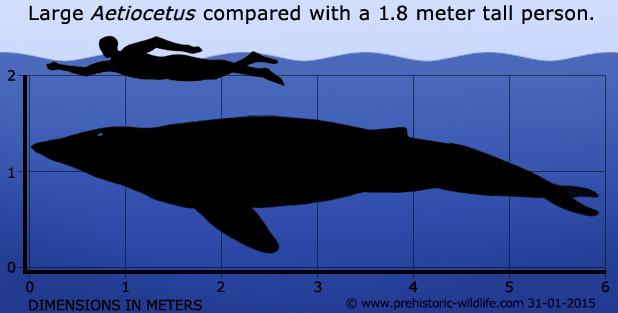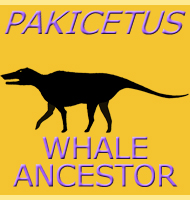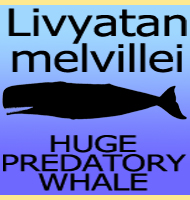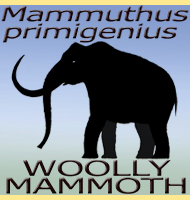


Aetiocetus

Name: Aetiocetus
(Original whale).
Phonetic: Ay-tee-oh-see-tuss.
Named By: Douglas Emlong - 1966.
Classification: Chordata, Mammalia, Cetacea,
Mysticeti, Aetiocetidae.
Species: A. cotylalveus (type),
A.
polydentatus, A. tomitai, A. weltoni.
Type: Carnivore/Filter Feeder.
Size: Roughly up to 5.5-6 meters long, but total
size depends upon species.
Known locations: USA, Oregon - Yaquina
Formation.
Time period: Oligocene of the Palaeogene.
Fossil representation: Almost complete skulls and
partial post cranial remains, identifying four species so far.
Aetiocetus is an important transitional form as it displays the early origins of the baleen whales, while still retaining teeth that can be identified as incisors, canines and molars like many other mammals. Later descendants would go on to become exclusive filter feeders like many of the modern great whales that swim our oceans today.
Further reading
- A new archaic cetacean from the Oligocene of Northwest Oregon. -
Bulletin of the Museum of Natural History, University of Oregon 3:1-51.
- D. Emlong - 1966.
- Skull anatomy of the Oligocene toothed mysticete Aetioceus weltoni
(Mammalia; Cetacea): implications for mysticete evolution and
functional anatomy. - Zoological Journal of the Linnean Society 154
(2). - T. A. Dem�r� & A. Berta - 2008.
----------------------------------------------------------------------------
Random favourites
 |
 |
 |
 |




